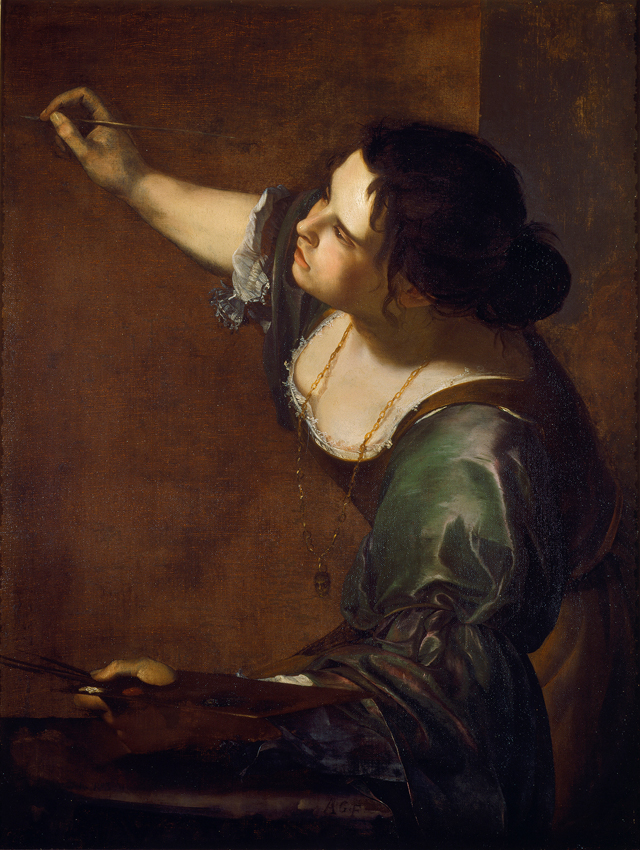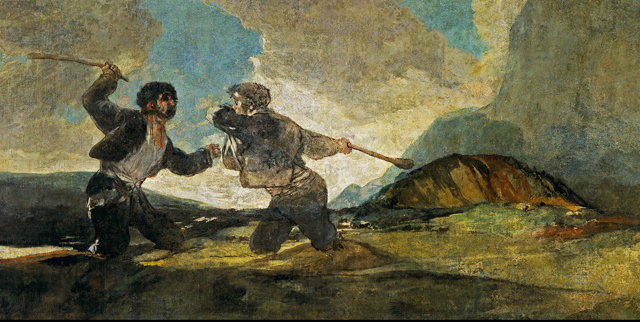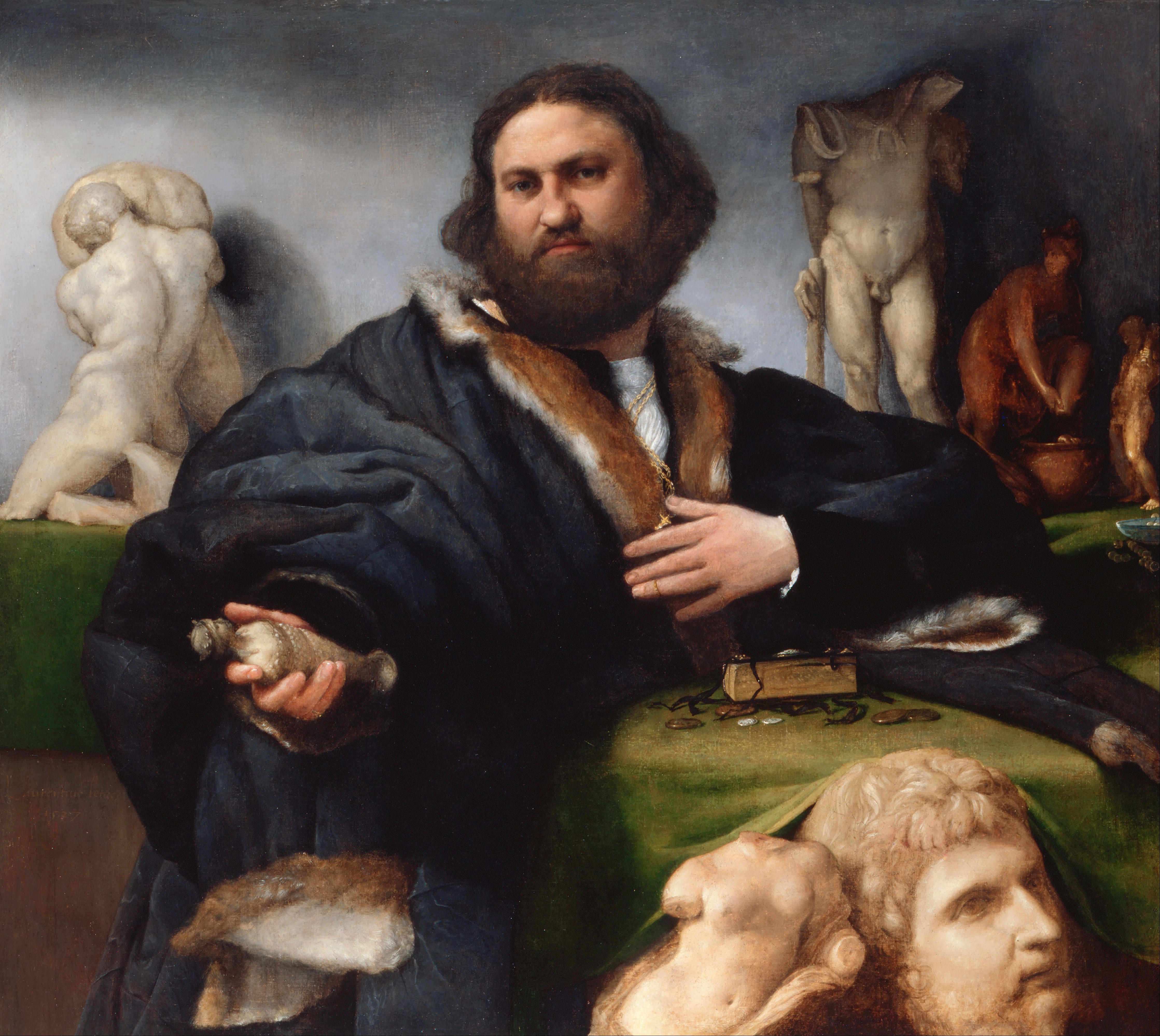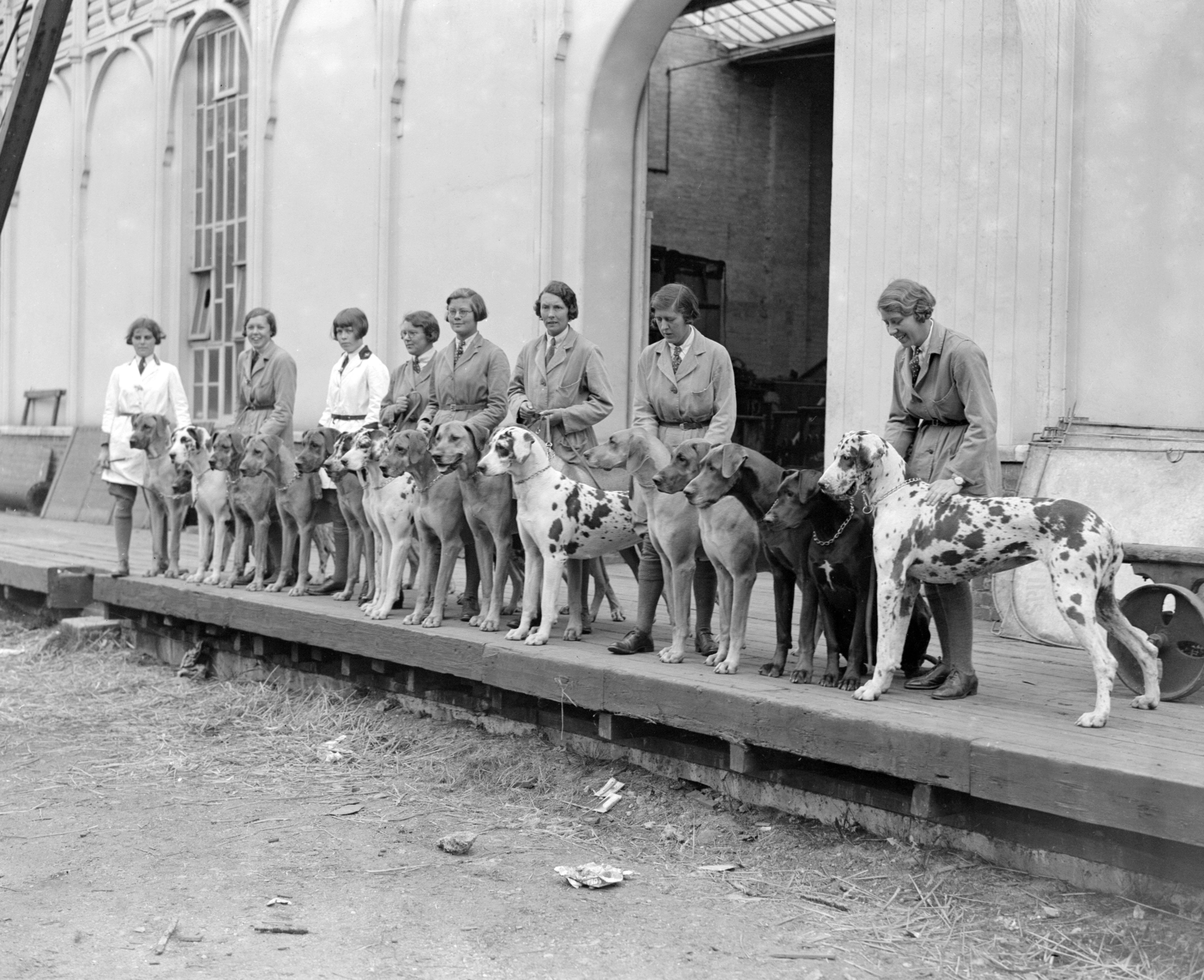My favourite painting: Fergal Keane
'The melancholy of his expression in Orpen’s painting fills me with nostalgia for my grandparents’ home'

Count John McCormack, 1923, by Maj Sir William Orpen, KBE, RA (1878–1931), 50in by 34in, Private Collection.
Fergal Keane says:
In 1932, my grandmother, May Hassett, and her fiancée, Paddy, my future grandfather, went to see McCormack sing at the Eucharistic Congress in Dublin. On that day, in front of an estimated one million people, McCormack sang the Panis Angelicus. “You could hear a pin drop,” she recalled. His music was a permanent feature of my childhood. The melancholy of his expression in Orpen’s painting fills me with nostalgia for my grandparents’ home, where I was embraced with love and unending kindness. As McCormack sang in one of his most famous performances:
And my heart still hears/ The distant music of your voice/ I hear you calling me/ Though years have stretched/ Their weary lengths between…
Fergal Keane is a foreign correspondent with BBC News and an author
John McEwen comments on Count John McCormack:
In 1981, Orpen’s biographer Bruce Arnold wrote: ‘He was the most famous portrait painter of his age… Why, then, is he now a forgotten figure… his reputation negligible?’ In 1929, Orpen earned the equivalent of £2.5 million, whereas, between 1940 and 1955, the highest auction price paid for his work was 380 guineas. Today, his pictures are back in favour. Count McCormack was estimated at £400,000–£600,000 in 2009.
The youngest of six children, Orpen was raised near Dublin, his sporting and art-loving father a prosperous solicitor. At 13, he enrolled in the Dublin Metropolitan School of Art. His attitude to art would have pleased Dickens’s Mr Gradgrind: ‘Facts alone are wanted in life.’ He won all the prizes, including the British Isles gold medal for drawing, and completed his training at the Slade, where he became a close friend of Augustus John and married the sister-in-law of William Rothenstein. For a brief period after graduation, he and John founded a private teaching studio, the Chelsea Art School.
He was short – calling himself ‘ickle Orps’ – driven, dapper and passionate, with a strictly observed working life, a club life, a domestic life, a secret life with mistresses and total identification with England. Between 1915 and his death, he visited Ireland once.
Exquisite houses, the beauty of Nature, and how to get the most from your life, straight to your inbox.
John McCormack (1884–1945) was a globally acclaimed Irish tenor (hence Papal Count), the Pavarotti of the age. Once, at the Eucharistic Congress in Dublin’s Phoenix Park, he sang to a million people. Orpen painted him in tennis ‘toggs’, sheet music and Legion d’Honneur bar ribbon acknowledging his fame. McCormack’s daughter Gwen disliked the result: ‘He looks as if he were going to spank me, and Pop never did that.’

My favourite painting: Sandi Toksvig
Sandi Toksvig chooses her favourite painting for Country Life.

My favourite painting: Gerald Scarfe
Gerald Scarfe chooses his favourite painting for Country Life.

My favourite painting: William Agnew
William Agnew chooses his favourite painting for Country Life.
Country Life is unlike any other magazine: the only glossy weekly on the newsstand and the only magazine that has been guest-edited by His Majesty The King not once, but twice. It is a celebration of modern rural life and all its diverse joys and pleasures — that was first published in Queen Victoria's Diamond Jubilee year. Our eclectic mixture of witty and informative content — from the most up-to-date property news and commentary and a coveted glimpse inside some of the UK's best houses and gardens, to gardening, the arts and interior design, written by experts in their field — still cannot be found in print or online, anywhere else.
-
 What links myself, David Beckkam and The King? We all have an affinity for the Aston Martin DB6, a car that has been unfairly punished for not being in a James Bond film
What links myself, David Beckkam and The King? We all have an affinity for the Aston Martin DB6, a car that has been unfairly punished for not being in a James Bond filmThe Aston Martin DB6 is better than the DB5, and I am tired of pretending that it isn't.
-
 Great Danes: These gentle giants need space, strength and industrial-strength sofas
Great Danes: These gentle giants need space, strength and industrial-strength sofasGreat Danes were originally bred to hunt big game, but they’re more into cuddles than killing.
